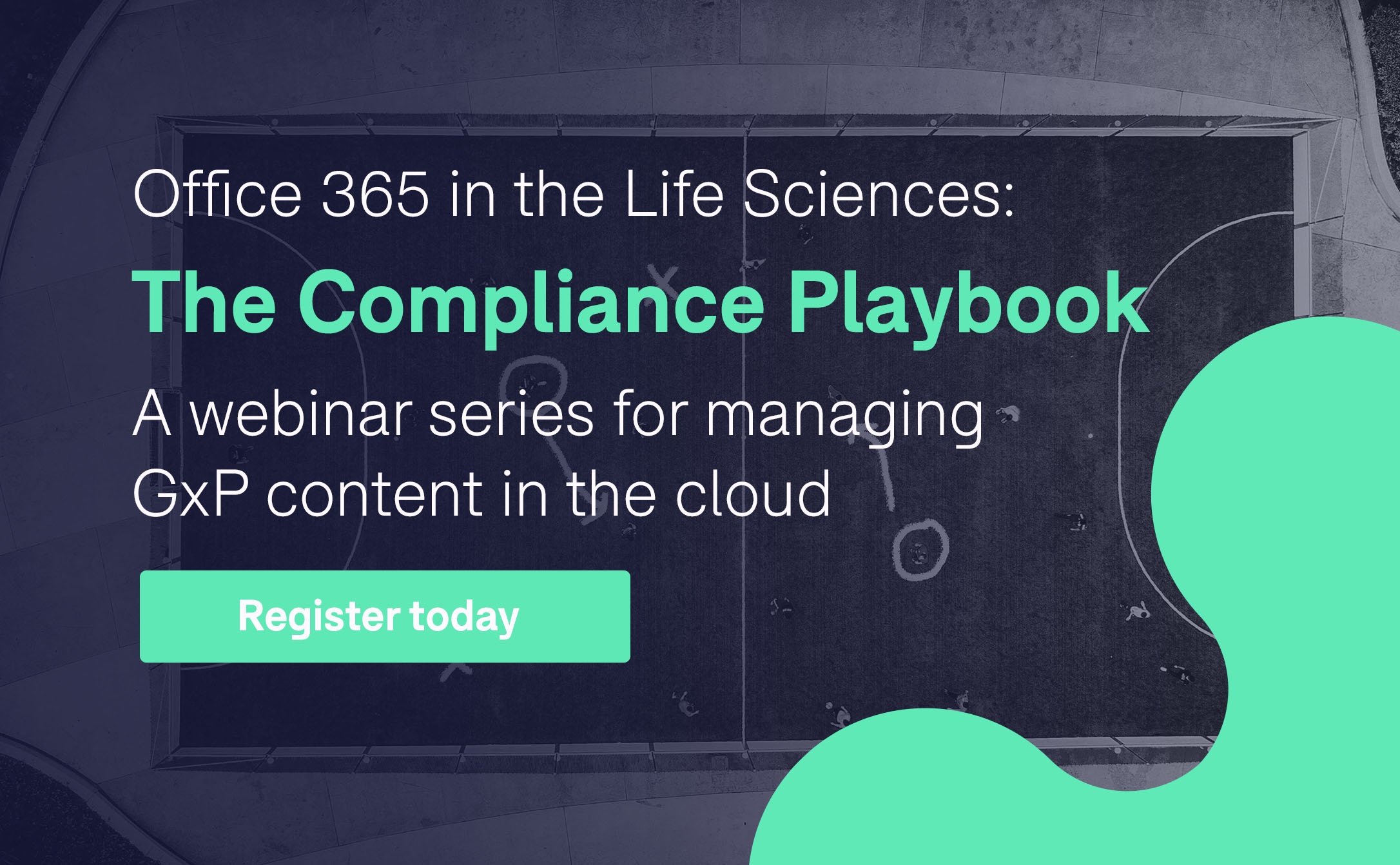As members of an industry that is renowned for its strict regulations, we don’t top the list of early adopters of new technologies, and we certainly aren’t seen as an industry that has the ability to act without heavy risk consideration or mobility.
However, the cloud and business models like Software-as-a-Service are beginning to play an important role in the way our IT landscape evolves.
The role of regulations
When we look at the possibilities that the cloud and associated business models present to us, we first have to look at the regulations that we are governed by.
"Our understanding of how to operate today has been shaped in the relatively recent past based on regulations, such as FDA Part 11, EU Annex 11, and industry forums like ISPE GAMP" |
Our understanding of how to operate today has been shaped in the relatively recent past based on regulations, such as FDA Part 11, EU Annex 11, and industry forums like ISPE GAMP1.
Moreover, the FDA and its European equivalent EMA have yet to release any clear guidance on the subject of cloud computing which continues to leave us falling further behind. The absence of specific regulatory guidelines for the cloud, in combination with a very conservative mindset and a historically risk-averse culture, is once again slowing down the pharmaceutical industry in the adoption of new technology2.
However, if we think back to when we wanted to leverage advancements in technology for such things as signatures, this was equally unclear. Yet, as an industry, we got together with the regulators to push forward E-signature controls that are now a fundamental part of how we manage content electronically in regulated companies.
A new technological strategy
Even though the climb we face may seem relatively rocky, Life Sciences companies are now finding themselves in a post-patent cliff environment where increasing costs and declining profits are now dictating the direction of their technological strategy, and the cloud is a viable option. We also cannot assume that SaaS is only for the larger enterprise, there are also strong motivations for the emerging Life Sciences company to leverage cloud technology to cut costs and deliver increased business value.
With a solid business case emerging for moving to the cloud, financial incentives and operational efficiencies aren’t enough to solely dictate a move to SaaS models.
"when evaluating public, off-premises, cloud solutions, Life Sciences organizations must assess cloud service providers controls that help ensure confidentiality, integrity and availability of customer data" |
There is a range of other concerns and considerations when evaluating the cloud. Paul Fenton, co-founder and chief executive officer here at Montrium, said that "when evaluating public, off-premises, cloud solutions, Life Sciences organizations must assess cloud service providers controls that help ensure confidentiality, integrity and availability of customer data".
Yet, our biggest barrier to entry into new technologies has always been the risk of not being compliant, for me this risk-averse approach to cloud will only continue to slow things down.
Better solutions without compromise
Fortunately, as the technology landscape evolves so does the sophistication of cloud services, boasting better overall security, focusing more on compliance and access to information.
This evolution allows Life Sciences companies who stereo-typically only moved CRM and Marketing applications to the cloud, to accelerate the adoption of cloud within their organization to facilitate departments such as Research & Development, Clinical Operations and Manufacturing – departments that were typically classed as too risky to move information off-site and into the cloud before.
This move will inevitably bring increased efficiency, accelerated product development and the ability to expand into new markets, all the time reducing the total cost of ownership of creating a pharmaceutical business model for the cost-conscious organization of the future.
The Takeaway
To the outsider, the Life Sciences industry is never going to be seen at the forefront of information technology, or a place where enthusiasm ensues for the adoption of new technology. However, we do see ourselves in somewhat of an interesting coincidence where the growing economic impact of the patent cliff and new cloud business models have emerged at the same time.
I invite readers to comment below with your thoughts on this topic!

1, 2 Cloud Computing in a GxP Environment: The Promise, the Reality and the Path to Clarity



